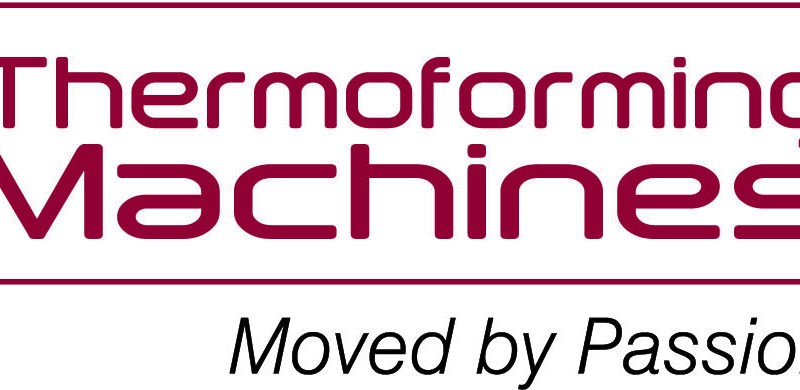WM Thermoforming Machines celebrates 40th anniversary
Stabio, Switzerland – 2021 marks a milestone in WM Thermoforming Machines’ history as it celebrates its 40th anniversary.
The common thread connects the company of 1981 to that of 2021 is said to be passion, “especially our passion for research and innovation, and the continuous escalation of technological know-how originating from it,” declared Luca Oliverio, sales director of the Swiss company.
Oliverio recalls the steps characterizing WM’s technological climb, starting with the systems for computer-aided design/drafting used for the design and technical drawing of WM machines since the mid-1980s.
“It is surprising to think that the CAD was already used by WM as early as 1985-1986, when I was a student, and such software was being introduced as an absolute novelty; and going back even further, in the year 1982 WM approached the first programmable integrated circuit, or PLD, now widely used in digital circuits. And then again, in 1988, WM applied its first programmable logic controller (PLC) in the management of industrial thermoforming processes, and in 1994 it created its first fully electric machine.”
“We may not have been the very first in the industry, but it is certainly noteworthy that we built a fully electric machine as early as 1994; and in the same year we also integrated the extrusion unit with the thermoforming unit in the same plant.”
“Speaking about fully electric machines, I remember that at K 2001, my first trade show with WM, we presented an improved version of the machine born in 1994, which proved to be the fastest in terms of pure productivity compared to German competitors.”
The history then goes on until 2003, when WM technologists decided to abandon 2D CAD to move on to 3D, while in 2005 the first machine with an in-mold steel rule cutting system was born, with the most interesting relationship between occupied area and productivity.
“The Americans, for example, deal with thermoforming with die-cutting by building huge machines, while in Europe the relationship between the floor space occupied in the plant and the productivity of the machine is of vital importance,” pointed out Oliverio, who also recalled how in 2007 the same logic of efficiency was applied to thermoforming machines with in-mold trimming and a lower tilting platen.
WM’s latest shift in its thermoforming paradigm came between 2017 and 2019. “In injection molding, Euromap regulations provide for the interchangeability of molds, but in thermoforming, there is a certain “anarchy” of both construction philosophies and application methods. This is why we have built the Twist range and the FLEX92, which provide for the possibility of mounting competitors’ molds, as well.”
This is how Oliverio stresses that the 40th anniversary is indeed a point of arrival, but also a post-pandemic restart, with new and additional ad hoc know-how for the new international context.

